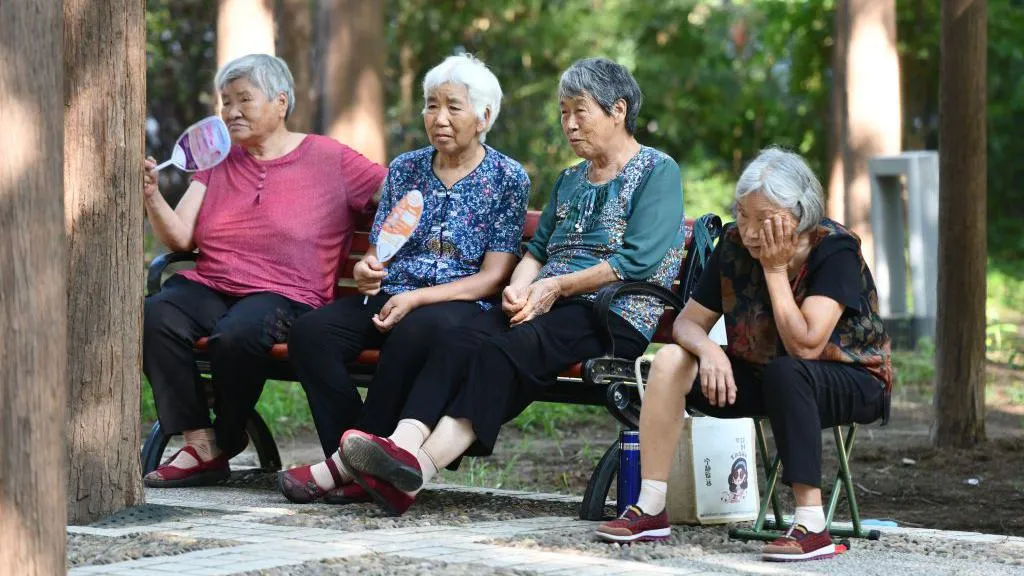China is implementing its first increase in retirement age in over six decades to address the challenges of an aging population and a dwindling pension budget. The top legislative body recently approved a gradual plan that will impact both men and women in various professions. This move aims to alleviate financial strain while adapting to longer life expectancies.
A New Era for Retirement in China
Starting January 1, 2025, China will begin raising the statutory retirement age for the first time since the 1950s. Women in blue-collar jobs will see their retirement age increase from 50 to 55, while those in white-collar positions will retire at 58, up from 55. For men, the retirement age will rise from 60 to 63. “China’s current retirement ages are among the lowest in the world,” state news agency Xinhua reported.
The increase will be phased in over 15 years, with the retirement ages gradually rising every few months. “This policy was based on a comprehensive assessment of the average life expectancy, health conditions, the population structure, and workforce supply in China,” Xinhua added.
The Impact of Longer Working Years
The policy change is driven by China’s demographic shifts and the growing strain on the pension system. By 2030, employees will need to contribute more to the social security system to receive pensions. By 2039, individuals must accumulate 20 years of contributions to qualify for their pensions.
In 2019, the Chinese Academy of Social Sciences estimated that the state pension fund would run out of money by 2035. However, this estimate was made before the COVID-19 pandemic, weakening China’s economy. With a rapidly aging population and fewer young people entering the workforce, the nation faces a looming pension crisis.
“The plan is a necessary step for the future,” said a Ministry of Human Resources and Social Security spokesperson. “We must adjust our policies to reflect the current realities.”
Mixed Reactions Across China
While the government believes the retirement age increase is essential, public sentiment has been divided. Some online users have expressed frustration with the change. “In the next ten years, there will be another bill that will delay retirement until we are 80,” one user on Weibo, China’s popular social media platform, remarked. Another criticized the timing: “Middle-aged workers face pay cuts and raised retirement ages. Those who are unemployed find it increasingly difficult to get jobs.”
Others have taken a more pragmatic approach, acknowledging that such a change was inevitable. “Men in most European countries retire when they are 65 or 67, while women do at 60. This is also going to be the trend in our country, ” another Weibo user commented.
The Looming Demographic Crisis
China’s aging population is at the heart of the issue. The country’s population fell for a second consecutive year in 2023 as birth rates continued to decline. At the same time, life expectancy has risen to 78.2 years. According to the World Health Organization, nearly a third of China’s population—about 402 million people—will be aged over 60 by 2040, a significant increase from 254 million in 2019.
This demographic shift and a shrinking workforce put immense pressure on China’s pension system. “Over the next decade, about 300 million people aged 50 to 60 will leave the workforce. This is the country’s largest age group, nearly equivalent to the size of the US population,” reported Laura Bicker, a China correspondent.
A Future of Adjustments
China’s pension reform is a step toward addressing its looming demographic challenges, but the road ahead is not without obstacles. The country must build sufficient funds to support the growing elderly population while maintaining a sustainable workforce. “The next decade will be critical for China as it navigates these changes,” Bicker added.
The plan to raise the retirement age signals China’s acknowledgment that its current system cannot sustain the growing needs of its elderly citizens. The challenge now lies in balancing these reforms with the concerns and well-being of its workforce.







